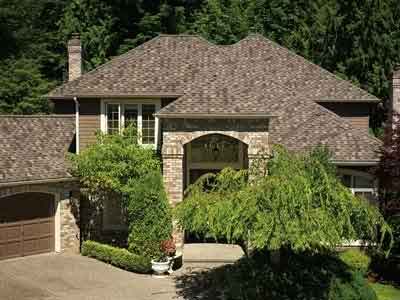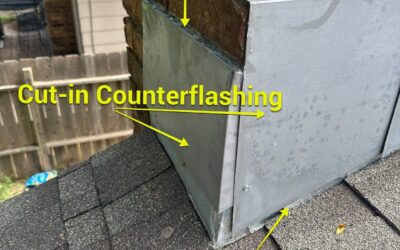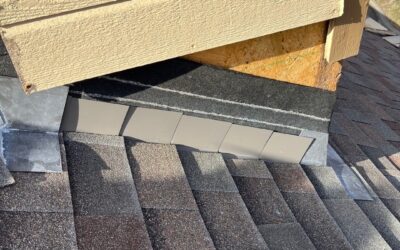Cedar shingles used to dominate the high end roofing market in Wichita, KS. In fact, many HOA’s in upscale neighborhoods mandated that homeowners could only replace their existing wood roofs with cedar shingles. Cedar Shingles were thought to maintain home value because of their exceptional beauty. That all changed when the state of Kansas passed a law stating HOA’s could not exclusively require wood roofs due to their inherent fire hazard. Many homeowners celebrated the new law because wood roofs have the following disadvantages:

- Cost: Wood roofs are extremely expensive compared to the many alternatives available on the market.
- Performance: Wood roofs do not have the same life span and performance they did years ago. New wood roofs are only lasting 15-20 years in our area.
- Fire Hazard: Wood is combustible and therefore a fire hazard. Insurance companies charge higher premiums for wood roofs compared to alternative roofing materials.
- Maintenance: Costly proactive maintenance is required to protect their already costly investment. Cedar needs to breathe, so excessive leaves and debris on the roof cause moisture retention that leads to mold, mildew and rot.
- Insects: Wood roofs attract silverfish. Brown Recluse spiders love to eat silverfish. Therefore, wood roofs ultimately attract dangerous spiders in your home.
Conclusion
When considering all of the deficiencies of wood roofs and the high cost, wood roofs are no longer a smart choice for your home. There are now high end composite roofs (GAF, CertainTeed, & Malarkey) and synthetic roofs (DaVinci) that have the same aesthetic appeal as natural wood without the multiple problems that come with wood roofs. When it is time to replace your wood roof, call on an experienced roofing contractor that can walk you through the many options now available.
DaVinci Synthetic Shake

GAF Grand Canyon Shingles

This article is part of our ‘Residential/ Steep Slope Materials’ Series. Learn more about:
- Asphalt Composite Shingles
- Metal Roofing
- Wood/ Cedar Roofing
- Other
- Roof Component Materials
- Traditional “Organic” Felt vs Synthetic Underlayment: Which is better?
- What Is the Difference Between Open and Closed Valley Installation?
- Continuous Venting Ridge vs Static/Box Vents: Which is better?
- What Are the Benefits to a High Profile Hip and Ridge Shingle?
- What Is a Class 4 Rating? Who Makes That Determination?



